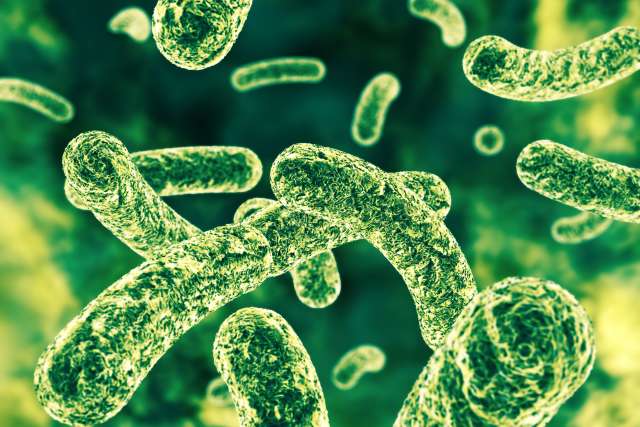Dear Doctors: I've been learning about the gut microbiome, and the terminology keeps changing. I understand probiotics. Then came prebiotics and postbiotics, which I think I finally get. But now people are talking about resistant starch. What is it, and why is it important?
Dear Reader: It's fascinating how quickly academic research into the gut microbiome moves into the public domain. In the last decade, we have gone from rarely hearing the word “probiotics” to seeing it every day, and seemingly everywhere. Probiotics are in countless dietary supplements, as well as personal products such as shampoo and conditioner, makeup, lotions, soaps and deodorants. They are even infused into clothing. And, as you point out, our gut-related vocabulary is constantly expanding as well.
The theory that the body contains beneficial microbes reaches back centuries. The idea of “probiotics,” introduced by a German scientist in 1953, is far more recent. Today, the word refers to the live bacteria and other microbes that support health and bodily functions. It is also commonly used to indicate products and supplements that contain those microbes.
In the last decade, the terms prebiotics and postbiotics have come into the conversation, too. Prebiotics refers to compounds that serve as a food source for the microbes in our guts, and which foster their growth and well-being. Postbiotics are certain substances produced by the microbes, which also benefit human health.
And this brings us to resistant starch. We have discussed it here before, but it's so interesting, we're happy to address it again. Resistant starch is a carbohydrate that resists digestion. Instead of being broken down and absorbed by the small intestine, resistant starch moves on, largely unchanged, to the large intestine. There, it is fermented and consumed by the trillions of microbes in the gut. Skipping the small intestine means resistant starch doesn't contribute to blood glucose levels. Research has linked it to improved intestinal and colonic health.
Studies have found diets that include resistant starch help with blood sugar control, yield more healthful blood lipid levels and improve feelings of satiety after eating. They have also been linked to lower risk for colon cancer. As bacteria in the gut ferment resistant starch, they create compounds known as short-chain fatty acids. These include butyrate and propionate. The former is associated with lower rates of colorectal cancers. Propionate has been shown to lower inflammation in the body and also improve immune support.
Foods that are high in resistant starch include nuts, seeds, beans, legumes, whole grains, unripe bananas and plantains. It has also been found that cooking and then cooling certain high-carb foods transforms those carbs into resistant starch. These include rice, potatoes, yams, whole grains such as oats and barley, and pasta. Someone looking to increase their consumption of resistant starch should consider allowing those foods to cool completely before consuming them. Research shows that for the first four days after cooking, each chill day increases the percentage of resistant starch.
A caveat: If foods high in resistant starch are new to your diet, add them gradually in order to avoid gas and bloating.
(Send your questions to [email protected], or write: Ask the Doctors, c/o UCLA Health Sciences Media Relations, 10960 Wilshire Blvd., Suite 1955, Los Angeles, CA, 90024. Owing to the volume of mail, personal replies cannot be provided.)





